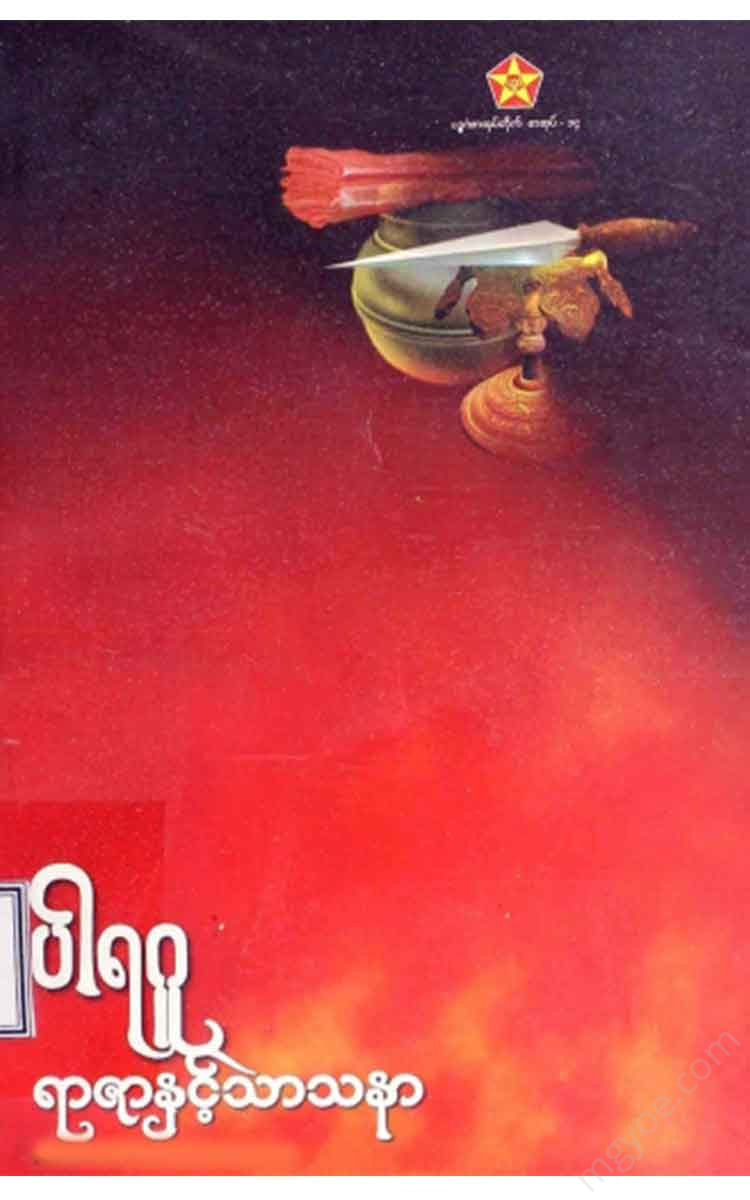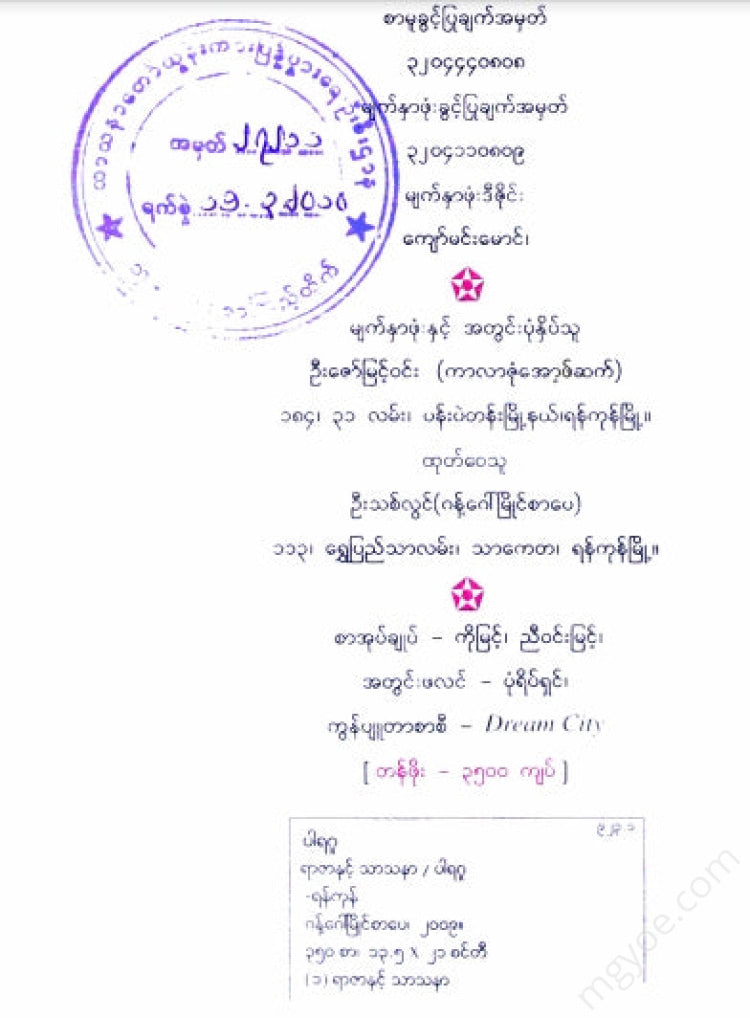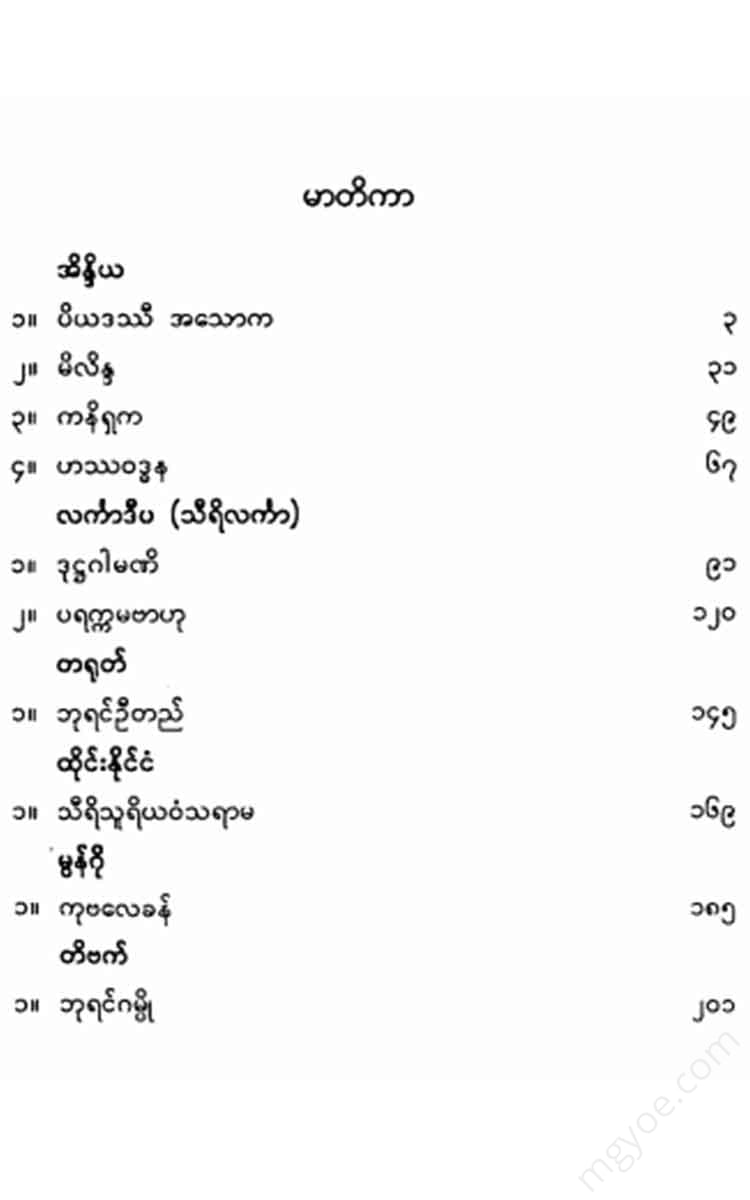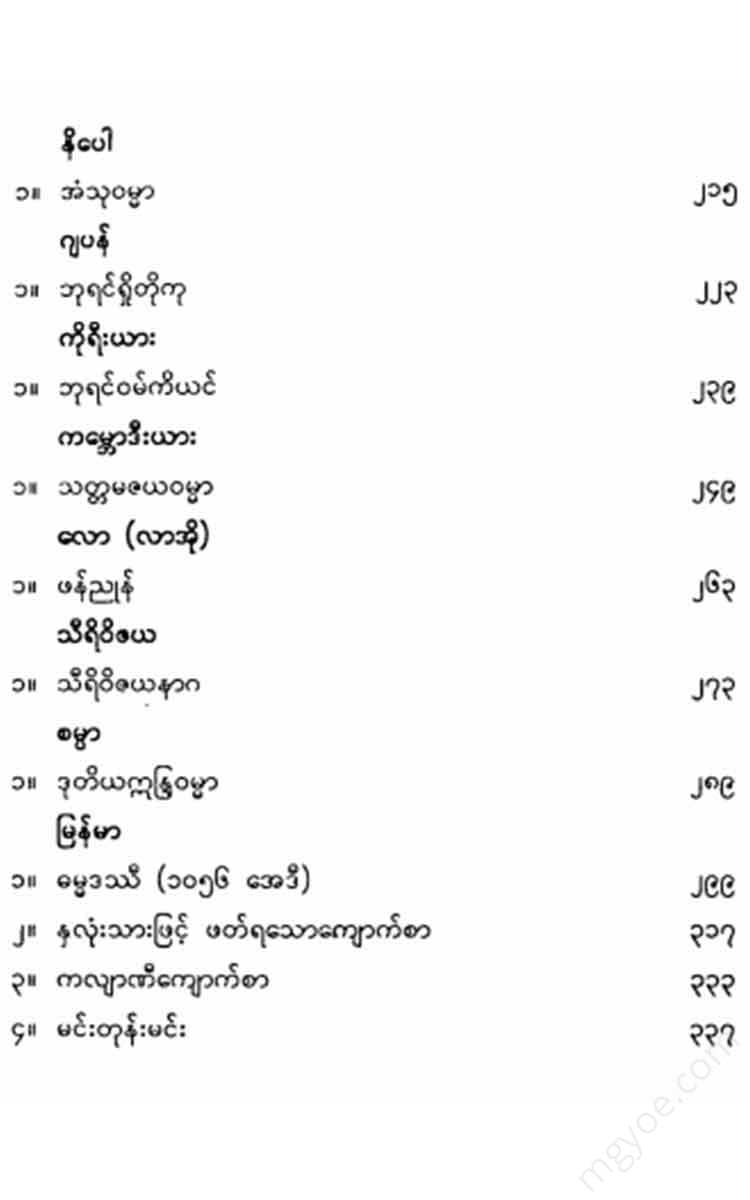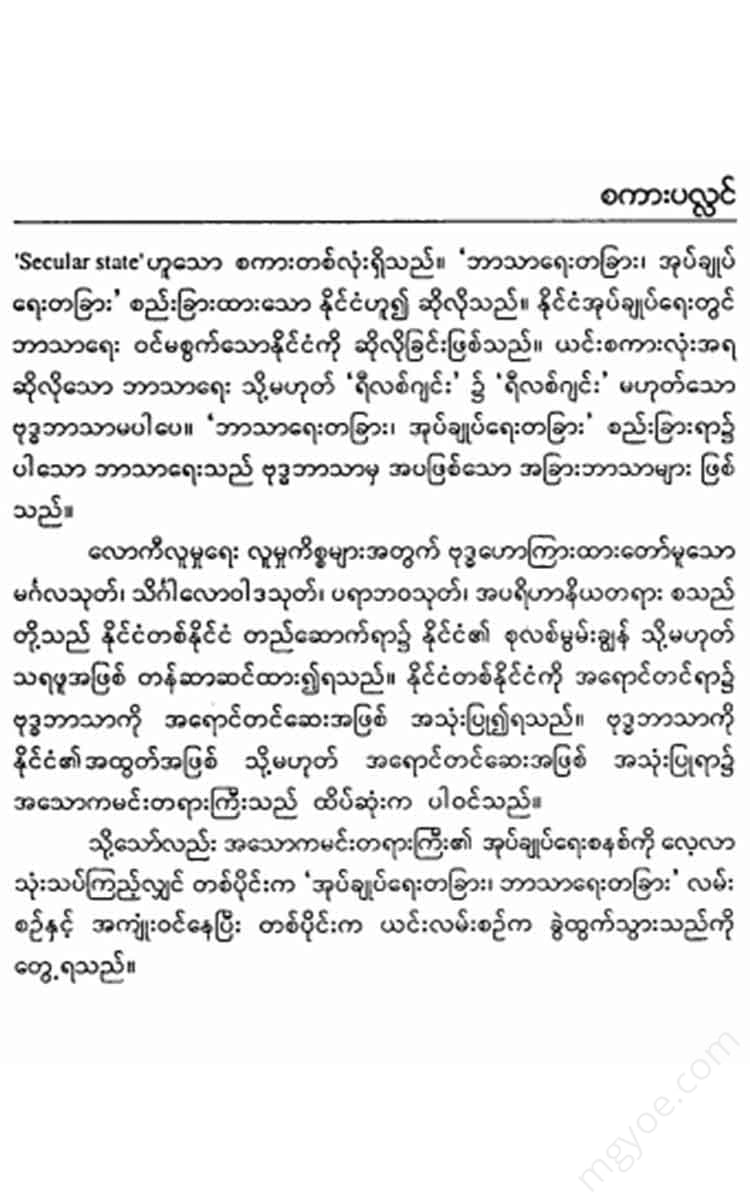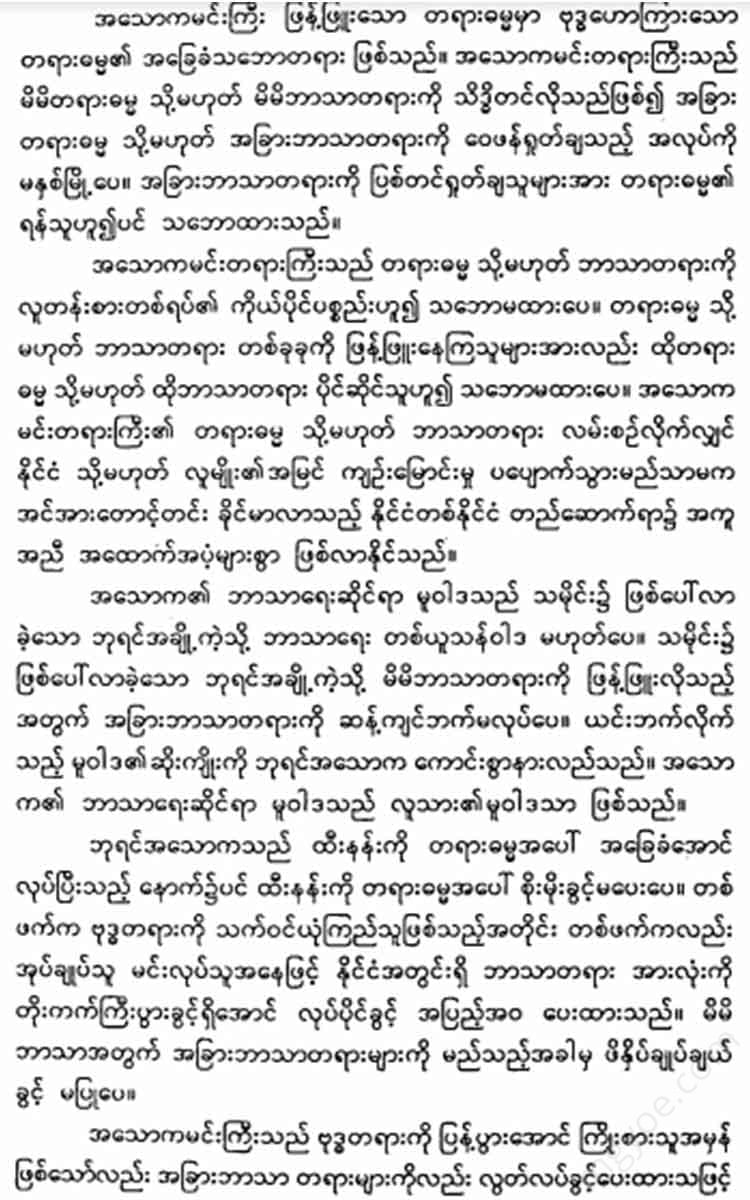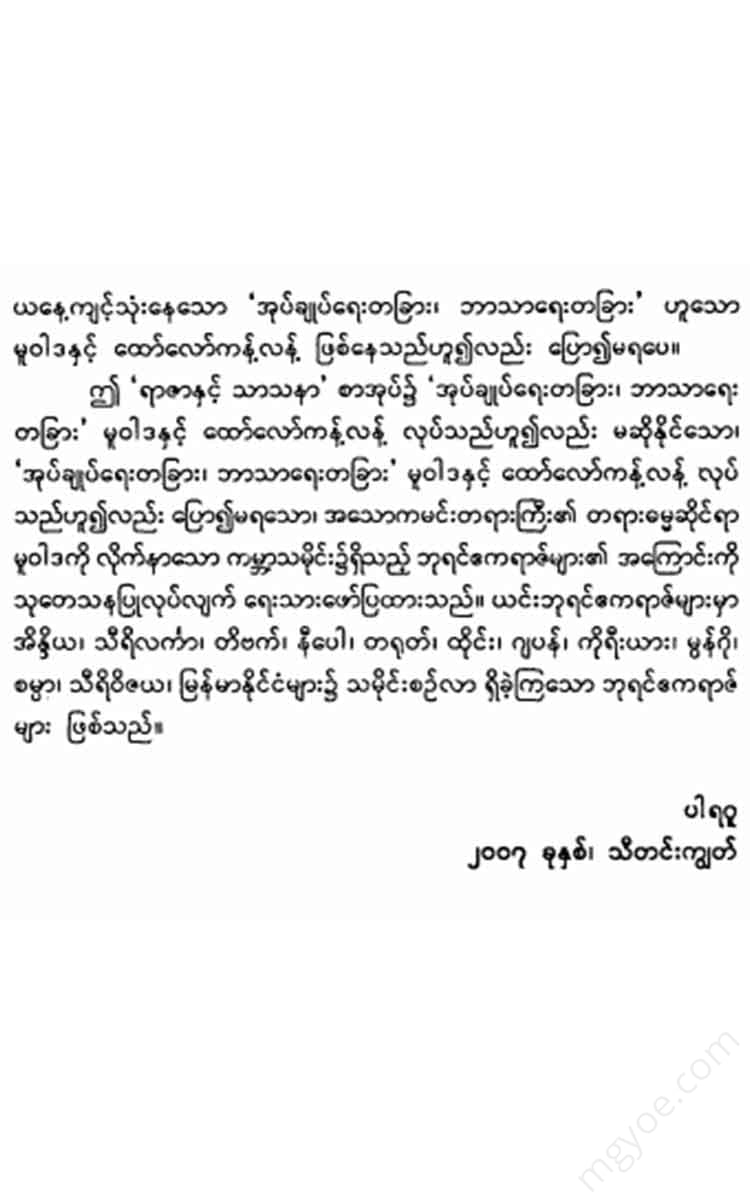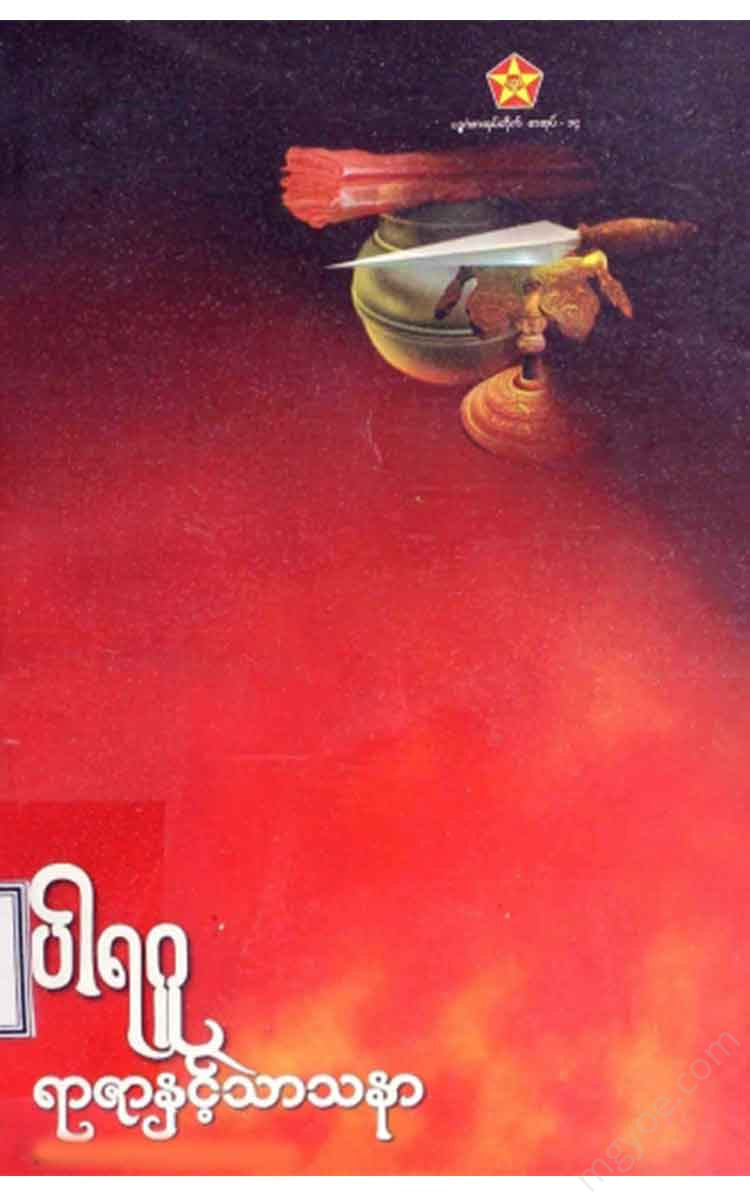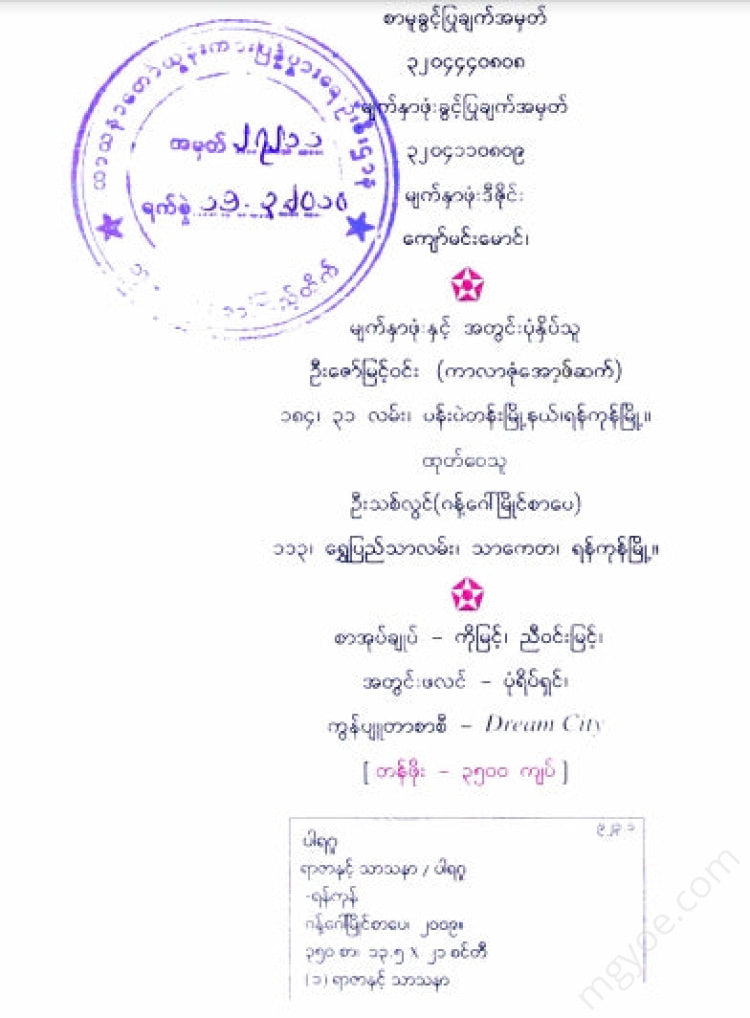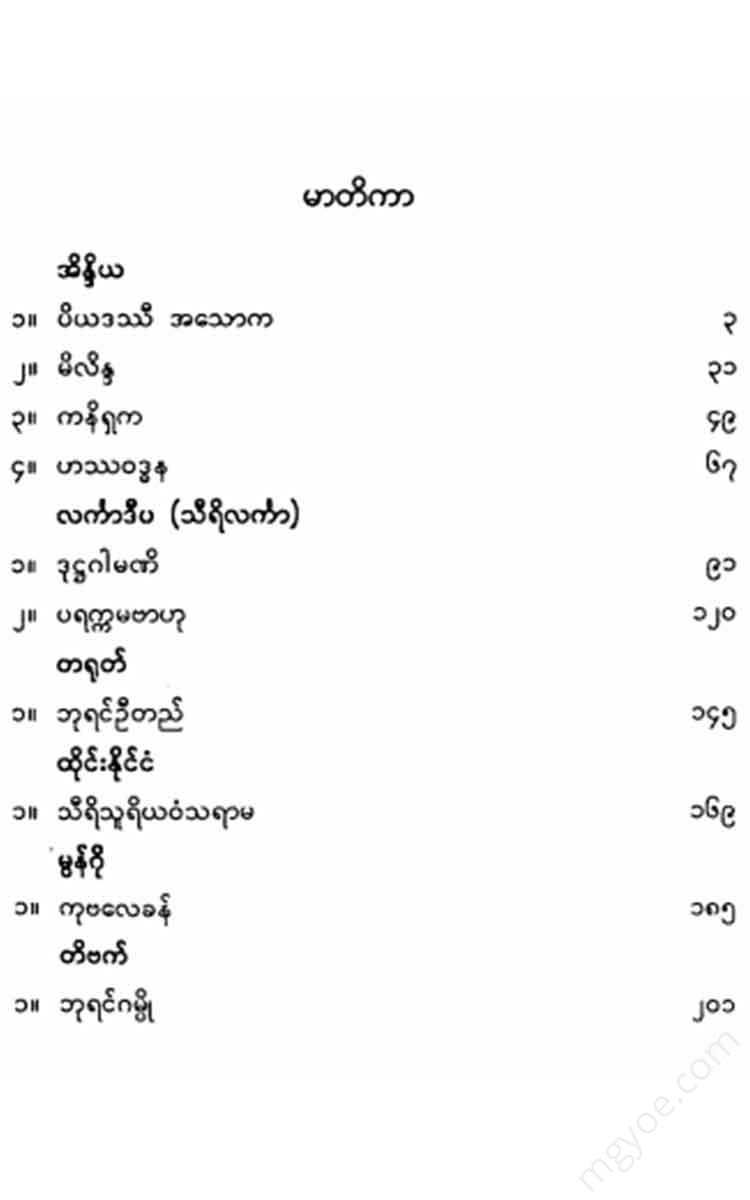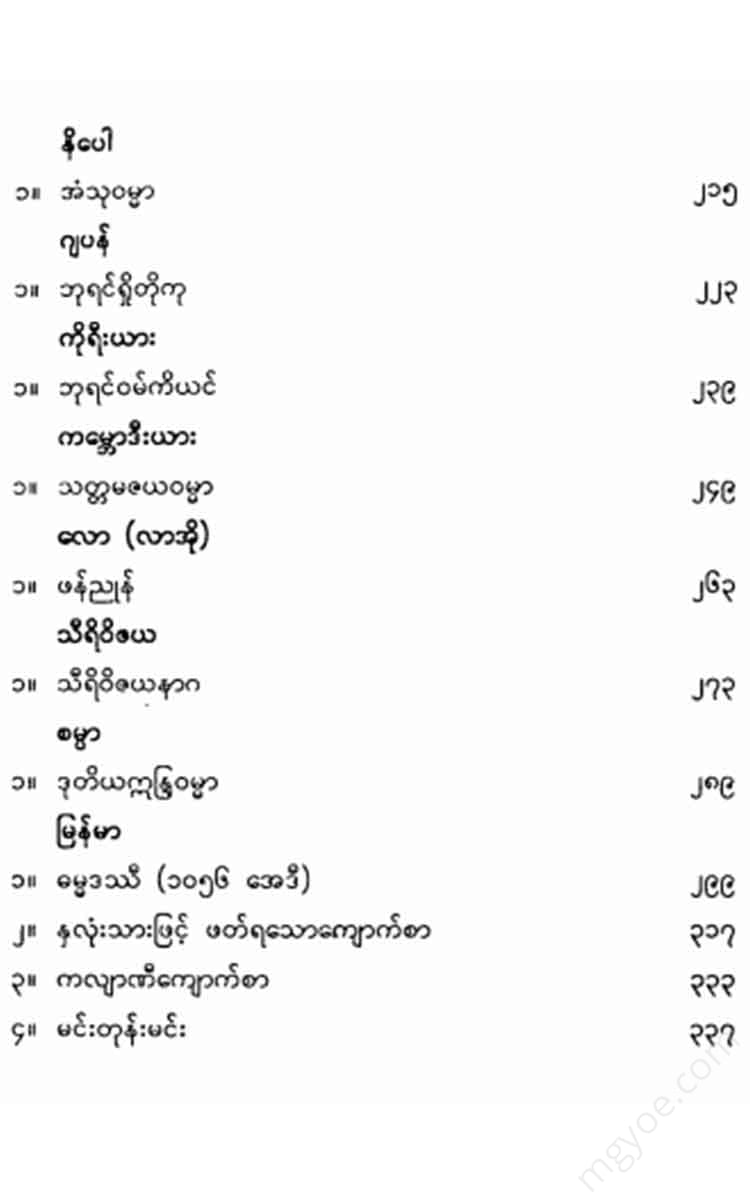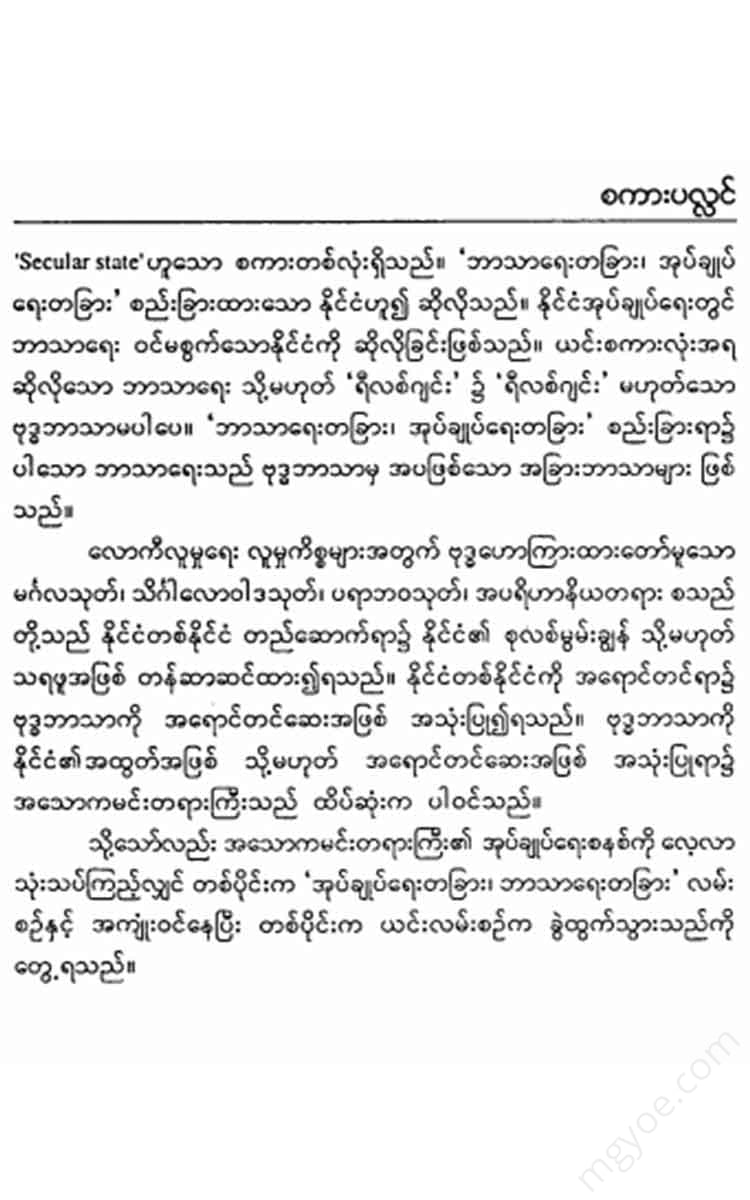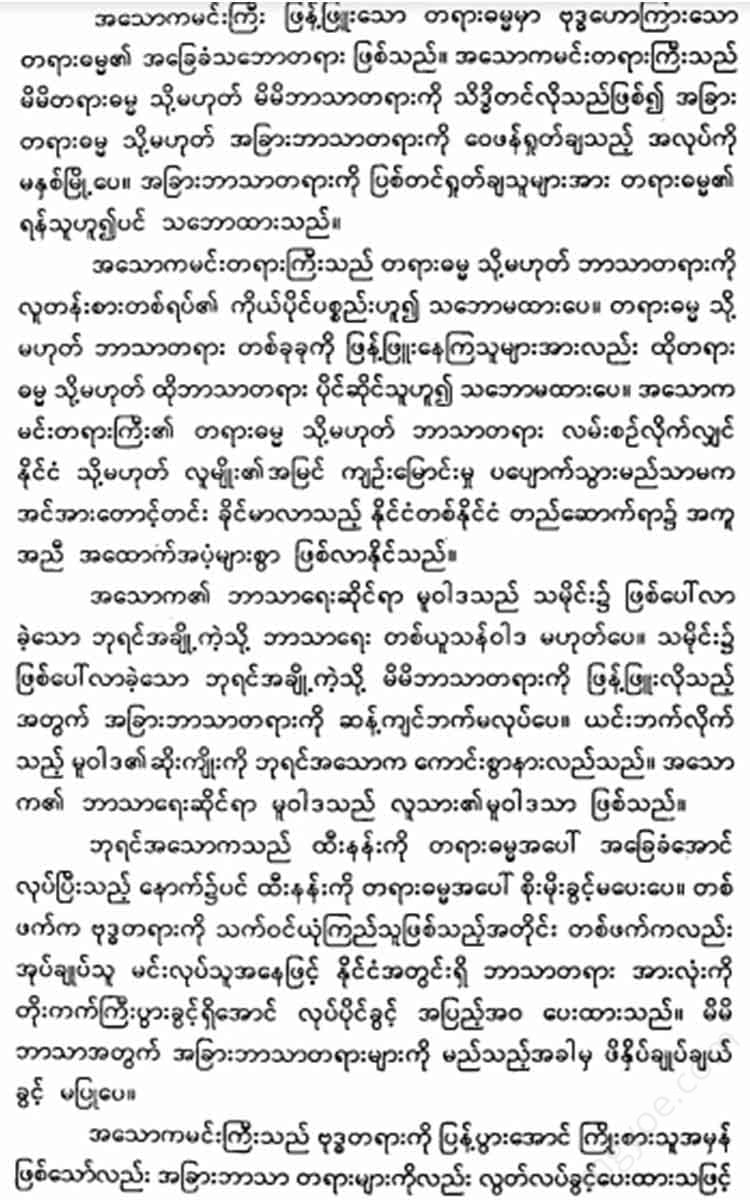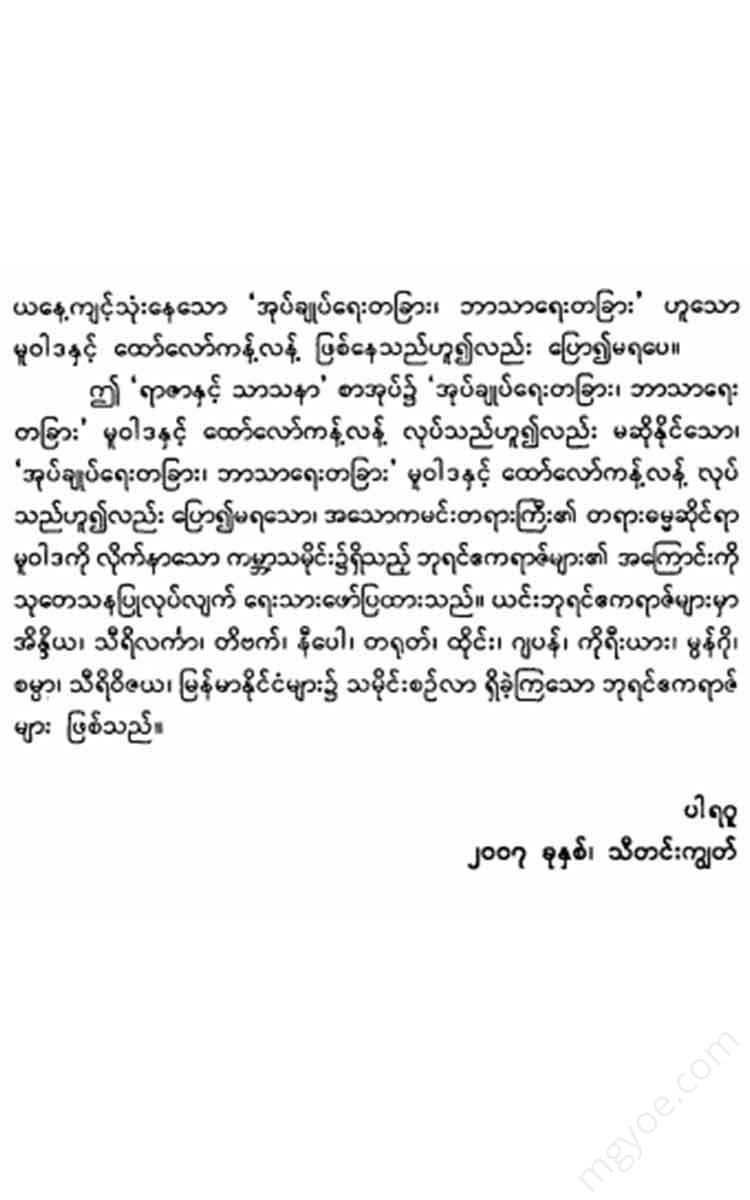Other Websites
Expert - Religion and Religion
Expert - Religion and Religion
Couldn't load pickup availability
Piyadashi Ashoka
He is one of the greatest kings in world history. His empire stretched from Afghanistan to Madras. He is the only warrior king in history who completely abandoned war after victory (225 BC). He declared that the world would be conquered not by war but by religion. He was the great emperor Ashoka, who emerged in the third century BC.
Ashoka did not become a great king because of the vastness of his empire. What made him great was his compassion for humanity, his influence that spread far and wide, his domestic and foreign policies, his devotion to and dissemination of truth. He is therefore considered to have been a man who cared for the welfare of his subjects from Siberia to Sri Lanka. No other Indian king has been more famous than him. No other king in history has been more influential than him.
Although Ashoka was of the Mauryan dynasty, his name did not usually include the word Maurya. He was not called Ashoka, as his grandfather Sandagupta (Chandragupta) Maurya was called. He was known only by the names Ashoka the King, or Dhamma Ashoka, or Piya Dassi (Priyarashi) Ashoka.
Scholars differ on the origin of the Maurya dynasty. Some scholars say that Sandagupta founded the Maurya dynasty after his mother, Mura Devi. The Digha Nikaya, on the other hand, states that the people of Pippalivana were Khattiyas and were known as Mauryas. In Buddhist and Jain traditions, Maurya or Mauraya is associated with the peacock (Maurah). The peacock (Maurah) carved on the stone pillar and the rice granary erected by King Ashoka at Nandagada supports the above statement of the Digha Nikaya.
Due to the persecution of King Pitupa, the Mauryas (Mauryas) from Pippalivana fled to the Himalayas and settled there. The original inhabitants of that region bred peacocks (Mauras) and made their homes with peacock feathers. That is why they are called "Mauryas". They were also a tribe of people who had fled to that region due to the persecution of King Ajatasat. Later, both these peoples came to be known by the name Mauryas.
The Mahabodhivamsa also supports the above idea. His son Sandagupta, who lived in Maurya, was born in that city. That city was the city where the Sakya clan was founded. Sandagupta later became the king of Pataliputta with the help of Sanaka. The Mahavamsa also supports the idea that Sandagupta was born in the Maurya clan, saying, "Mauryanam Khattiyanam Vamsejarta".
There are various strange stories related to the birth of King Ashoka. Many scholars do not call him Ashoka Maurya, as Ashoka (Chandragupta) Maurya does. He is known only by the names King Ashoka or Dharma Ashoka or Piya Dassi (Priyarashi) Ashoka.
Scholars differ on the origin of the Maurya dynasty. Some scholars say that Sandagupta founded the Maurya dynasty after his mother, Mura Devi. The Digha Nikaya, on the other hand, states that the people of Pippalivana were Khattiyas and were known as Mauryas. In Buddhist and Jain traditions, Maurya or Mauraya is associated with the peacock (Maurah). The peacock (Maurah) carved on the stone pillar and the rice granary erected by King Ashoka at Nandagada supports the above statement of the Digha Nikaya.
Due to the persecution of King Pitupa, the Mauryas (Mauryas) from Pippalivana fled to the Himalayas and settled there. The original inhabitants of that region bred peacocks (Mauras) and made their homes with peacock feathers. That is why they are called "Mauryas". They were also a tribe of people who had fled to that region due to the persecution of King Ajatasat. Later, both these peoples came to be known by the name Mauryas.
The Mahabodhivamsa also supports the above idea. His son Sandagupta, who lived in Maurya, was born in that city. That city was the city where the Sakya clan was founded. Sandagupta later became the king of Pataliputta with the help of Sanaka. The Mahavamsa also supports the idea that Sandagupta was born in the Maurya clan, saying, "Mauryanam Khattiyanam Vamsejarta".
There are various strange stories about the birth of King Ashoka. Many scholars believe that Ashoka's grandmother or mother was the daughter of a Greek king. This idea is very likely to be correct. It is believed that Sandagupta and Selyuka were related not only politically but also by marriage. Since they were politically related, it is not impossible that a Mauryan princess was present in Selyuka's court and a Greek princess was present in Sandagupta's court. Although such a marriage could have taken place, there is no solid evidence to claim that Bindusara was born to a Greek princess and that Ashoka's grandmother was a Greek princess, or that Bindusara married a Greek princess and fathered Ashoka. If Ashoka's mother was the daughter of a Greek king, then that Greek king's daughter would have been the daughter of Seleucia, who was born to a Persian princess.
The Dipavamsa, Samantapasadika and Mahavamsa are silent about Ashoka's mother. The Mahavamsatika, however, states that Ashoka's mother's name was Samma (Srama). Samma was of the Maurya (Maurya) lineage. Her family's mentor was an Ajivaka Tekkaduna named Janasana or Zarasana or Eraona. Samma was the wife of King Bindusara. According to the Mahavamsatika, Bindusara's mother was the daughter of one of Sandagupta's uncles. Sandagupta married her.
According to some Buddhist texts, Ashoka's mother was a Brahmin from Samma (Bhogalpur). Her name was Subhadraangi. It is said that her Brahmin father gave her to King Bindusara. Judging by her name, Subhadraangi must have been beautiful. The queens and concubines of the court, fearing that they would lose their face, did not allow Subhadraangi to approach the king.
One day, Subhadraangi was given the opportunity to cut and comb the king's hair. The king did not remember her. Not remembering her was not unusual. She also disappeared among the hundreds of courtiers. When Subhadraangi touched her, she felt a special touch, and the king became interested in her, so he asked her about her. Subhadraangi told him that her father, a Brahmin, had given her to the king. Then the king made her his queen.
When his son was born to that queen (304 BC), the king said, "I have become free from sorrow (Ashoka)." Hence, his son's name was "Ashoka."
According to the Sri Lankan tradition, the name of Ashoka's mother was Samma. The same is stated in the Divya Vadana and the Ashoka Vadana. Samma is said to have been "Janapadakalyani" (a woman of the rank of a noblewoman). In another place in these texts, Ashoka's mother is said to have been the daughter of a Brahmin named Samma, Subhadarangi.
Nothing is known about Ashoka's childhood or his mother from the inscriptions he left. However, some information is available from Buddhist scriptures. According to the Pali texts, Ashoka had a sister. By her sister he had a son named Aggo Brahma (Agni Brahma). Aggo Brahma married Ashoka's daughter Sangha Mitta (Sanghamitta). They had a son named Sumana. According to the Pali texts, King Bindusara had sixteen wives. He had one hundred and one sons by these wives. Sumana was the eldest son, and Ashoka was subordinate to Sumana. According to the Divya Vadana, the eldest son's name was Susima.
Ashoka had a younger brother. His name was Tissa. However, he is better known by the name of Gitāsoka. In Chinese literature, he is called Sudatta or Sugata. There are two verses in the Thera Gātā. One is about the Vihariyama Thera and the other is about the Gitāsokama Thera. The Atthakatha writer Dhammapala says that the Vihariyama Thera was Ashoka's brother Tissa, and the Gitāsokama was another brother, Vigatasokama. They are not the same. They are different.
Ashoka is said to have been of poor physical appearance. Therefore, his father did not love him from a young age and did not treat him kindly. However, he had exceptional qualities and his father appointed him as the governor of Ujjain (
He was sent to Ujjaini. It is possible that his father did not want him in his presence.
Before reaching Ujjain, Ashoka stayed at Vidishanagara. At Vidisha, Ashoka met a wealthy woman named Devi. He married her and took her to Ujjain (286 BC). Devi gave birth to a son (284 BC). The son later became known as the Venerable Mahinda and went on a missionary journey to Lanka. Two years after Mahinda's birth (282 BC), he gave birth to his daughter Sangha Meekta.
According to the Mahavamsatika, Devi was very beautiful and graceful. That is why her father named her Devi. In the Mahabodhivamsa (18-110 BC), Devi is described as the daughter of a Sakyan monk named Vidisha. Before going on a missionary journey to Lanka, Mahinda Mata Thera went to Vidisha to meet his mother. There, his mother built a monastery called Vidishagiri for her son to reside. After completing the necessary arrangements at Ujjain, Ashoka took his son and daughter and returned to Pataliputra. Devi did not accompany Ashoka and remained in Vidisha.
At that time, a rebellion broke out in Taxila. The king sent Ashoka to Taxila to suppress the rebels. When news of Ashoka's arrival reached him, the people of Taxila came out to welcome him and told him that they were not rebels against Ashoka and King Pataliputta, but that they were protesting against the oppression and injustice of the royal representative in Taxila, and that he would appoint a royal representative who could rule Taxila peacefully. When Ashoka arrived in Taxila, he was respected by the people of Taxila, and peace was restored in Taxila.
King Bindusara did not want his son Ashoka to be his successor. However, the nobles preferred Ashoka more than any of his sons. The nobles were already aware of Ashoka's abilities. Because of his son Ashoka's successes at Avanti and Tekkasila, the chief ministers were looking to Ashoka as their successor. Therefore, when his father Bindusara died, Ashoka, with the help of the chief ministers, seized the throne of Magadha (273 BC). Ashoka was crowned four years after his accession (269 BC). There are various accounts of the delay in the coronation.
Dr. Jayaswal says that he was not crowned before the age of 24. However, in the Mahabharata, Visitviriya was crowned at a young age. Ashoka made him his own king. Later, Ashoka made Radhagupta his chief minister.
Dr. Smith says that many of Ashoka's brothers were still alive during the 17th or 18th year of his reign. However, it is not impossible that Ashoka exterminated his brothers who opposed him. His brothers who supported him would have survived. He must have been waiting four years for his coronation, as he had to purge his brothers during a four-year period.
It is possible that Ashoka was recalled from Ujjain to Pataliputta to suppress the Taktila rebellion. When the Taktila rebellion subsided, Ashoka returned to Ujjain. He seized the throne only when King Bindasara was in a state of shock. At that time, Ashoka's cousin Susima or Sumana (his half-brother) was in Kashmir. When the news reached him, the cousin returned to Pataliputta. In the struggle for the throne, Ashoka killed his cousin. Ashoka also killed his cousins on Sumana's side. His cousins on his side would have survived. Therefore, many of his cousins and princes were in Pataliputta and other places during Ashoka's reign.
When his son Sumana died, his wife Sumana Devi, heavily pregnant, fled to a village of the lower castes. There, she gave birth to a baby boy under a banyan tree. He was named Nidha because he was born under a banyan tree. When the village headman saw the Devi, he took her as his mistress and for seven years he took care of her as a son would take care of his mother.
